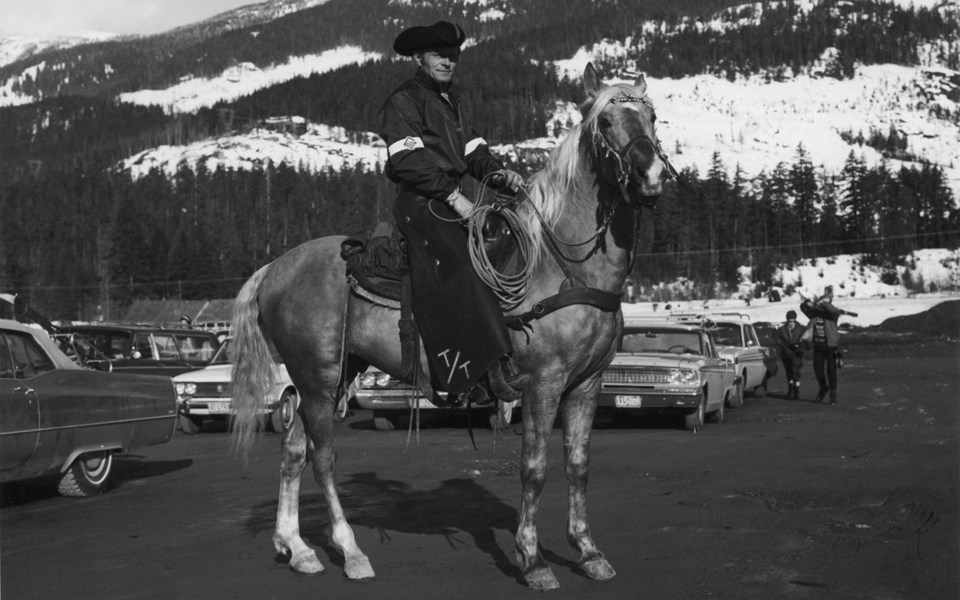We get asked a lot of questions at the museum, such as "Where did the name Whistler come from?", "When was the Peak 2 Peak Gondola built?" and "Is this the Audain Art Museum?" One question that people are often surprised to learn the answer to is "When did people start skiing down Whistler Mountain?"
Visitors to Whistler and to the museum come from all over the world, as flipping through our guest books quickly show, and to many the development of Whistler seems incredibly recent. After all, when Kitzbühel, Austria hosted its first ski race in 1894 the individuals who would spearhead the development of Whistler Mountain in the 1960s hadn't even been born.
Looking back at the Whistler described in Garibaldi's Whistler News (GWN) of February 1969, only three years after lifts had opened on the mountain, it's very easy to see that the area has changed a lot in only fifty years.
The winter of 1968-69 was an exciting time in the area. Though the Resort Municipality of Whistler had not yet been formed, that September Whistler Mountain had been named the Canadian site for the 1976 Winter Olympic Games and members of the Garibaldi Olympic Development Association (GODA) were actively campaigning in the lead up to the International Olympic Committee's site selection vote in May.
Lorne O'Connor, the Executive Director of GODA, and Tadec Barnowski, a former member of the Polish National Ski Team, were even marking the final routes for alpine events before officials from the FIS were to visit in March. We know now, of course, that it would be another three failed bids and 41 years before Whistler would host the Olympics, but in 1969 the 1976 bid was looking very promising.
That season also saw the introduction of the Green Chair to Whistler Mountain and the opening of new trails that we know well today, including Ego Bowl and Jolly Green Giant. With the cutting of a new trail running all the way down to what the GWN referred to as the "gravel pit" (now Whistler Village), the lift company also began running a bus service back to the gondola terminal. As well as new trails and Whistler's sixth lift, a service called "Park-A-Tot" was introduced as the company's first foray into childcare. For $3/day, skiers could drop off their children in the morning and collect them again after their last run.
The area around the gondola terminal was not yet known as Creekside though one article in GWN claimed that it was "gradually becoming a village." It already had a gas station and ten lodges alongside older cabins and newly built condominiums. With more condo projects underway and plans for a grocery store, the Creekside of five decades ago was growing quickly.
Today, the lifts that were announced with such fanfare in Garibaldi's Whistler News have been replaced by bigger and faster models; the "gravel pit" has become an established town centre and "Park-A-Tot" has evolved to include various programs for all ages. Though many visitors may be surprised at learning Whistler Mountain only opened in 1966, after perusing the museum's exhibits these same visitors are often amazed at how quickly Whistler has grown.




